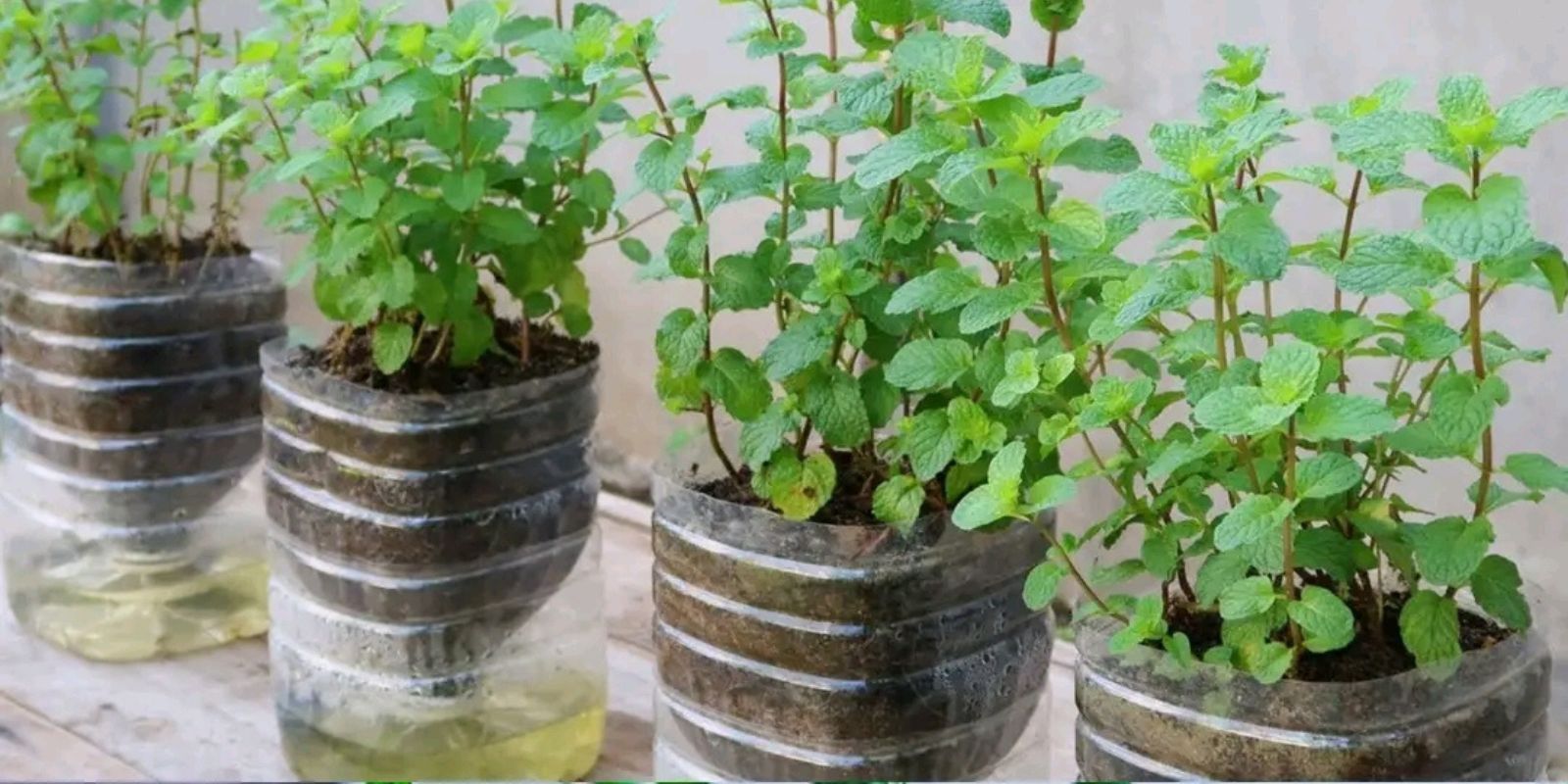Growing a substantial amount of mint can be quite achievable with the right conditions and care. Here’s a guide to help you grow tons of mint:
- Choose a Suitable Variety:
- Select a mint variety based on your preferences. Common varieties include spearmint, peppermint, and chocolate mint.
- Growing Conditions:
- Mint thrives in well-draining soil with a slightly acidic to neutral pH. Ensure the soil is rich in organic matter.
- Sunlight:
- Plant mint in a location that receives partial to full sunlight. Mint generally prefers some shade in hotter climates.
- Container Gardening:
- Consider growing mint in containers to control its spread. Choose large, deep pots to accommodate the plant’s root system.
- Planting Mint:
- Plant mint either from seeds or cuttings. Mint is known for its vigorous growth, so give each plant ample space.
- Watering:
- Mint likes consistently moist soil. Water regularly, especially during dry spells. Ensure good drainage to prevent waterlogging.
- Fertilization:
- Mint generally doesn’t require heavy fertilization. A balanced, all-purpose fertilizer once or twice during the growing season should be sufficient.
- Mulching:
- Apply a layer of mulch around mint plants to retain soil moisture, suppress weeds, and regulate soil temperature.
- Pruning:
- Regularly prune mint to encourage bushier growth and prevent it from becoming too leggy. Pinch off the tips regularly.
- Harvesting:
- Harvest mint leaves regularly, especially the top leaves. This not only provides you with fresh mint but also stimulates growth.
- Propagate Mint:
- Mint is easy to propagate. Take cuttings, root them in water, and then transplant them into the soil or other containers.
- Companion Planting:
- Plant mint near vegetables that benefit from its presence, such as cabbage and tomatoes. Mint can help repel pests.
- Monitor for Pests:
- Keep an eye out for common pests like aphids or spider mites. Treat any infestations promptly with insecticidal soap or neem oil.
- Winter Care:
- In colder climates, consider bringing potted mint indoors for the winter. Alternatively, mulch outdoor plants to protect them from frost.
- Share or Preserve Excess Mint:
- Mint can be prolific, so share it with friends or neighbors. You can also dry mint leaves for tea or culinary uses.
Growing tons of mint involves managing its growth, harvesting regularly, and providing it with the right conditions. With a bit of care, you can have an abundance of fresh mint at your disposal.

